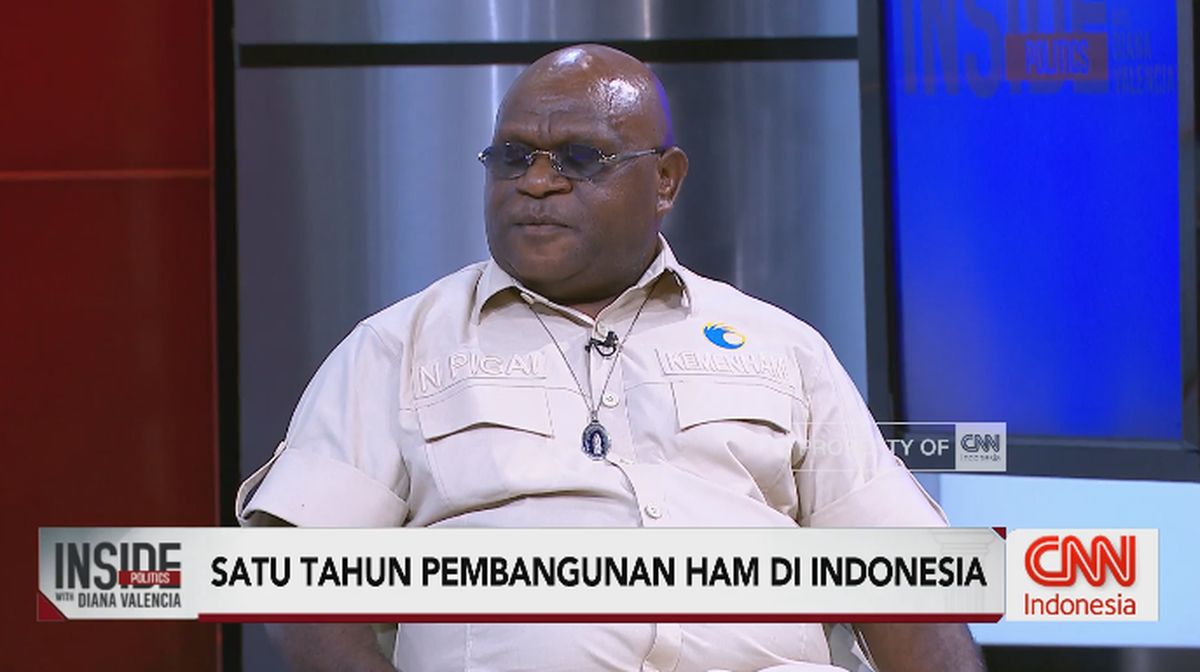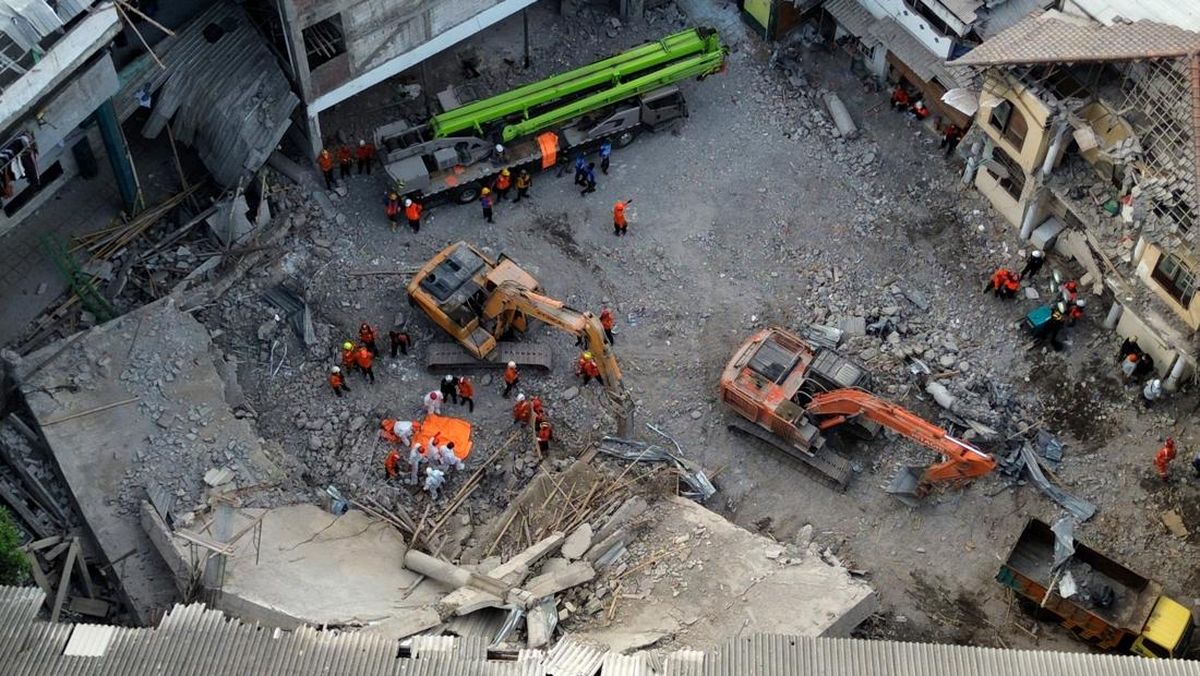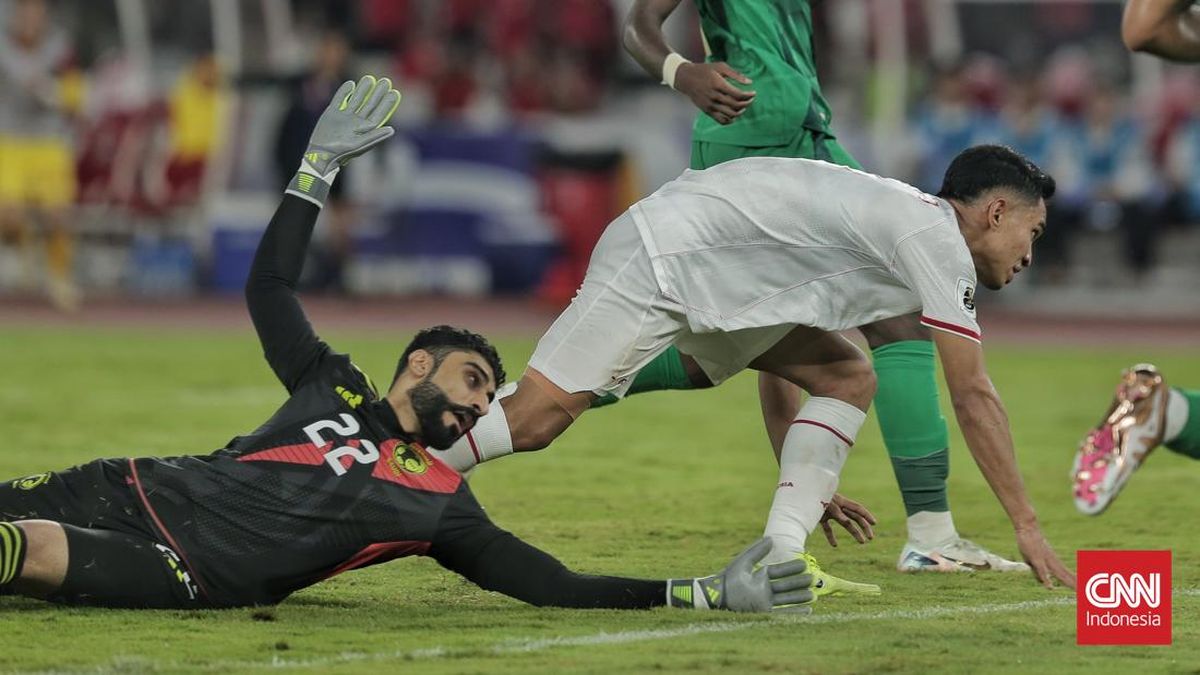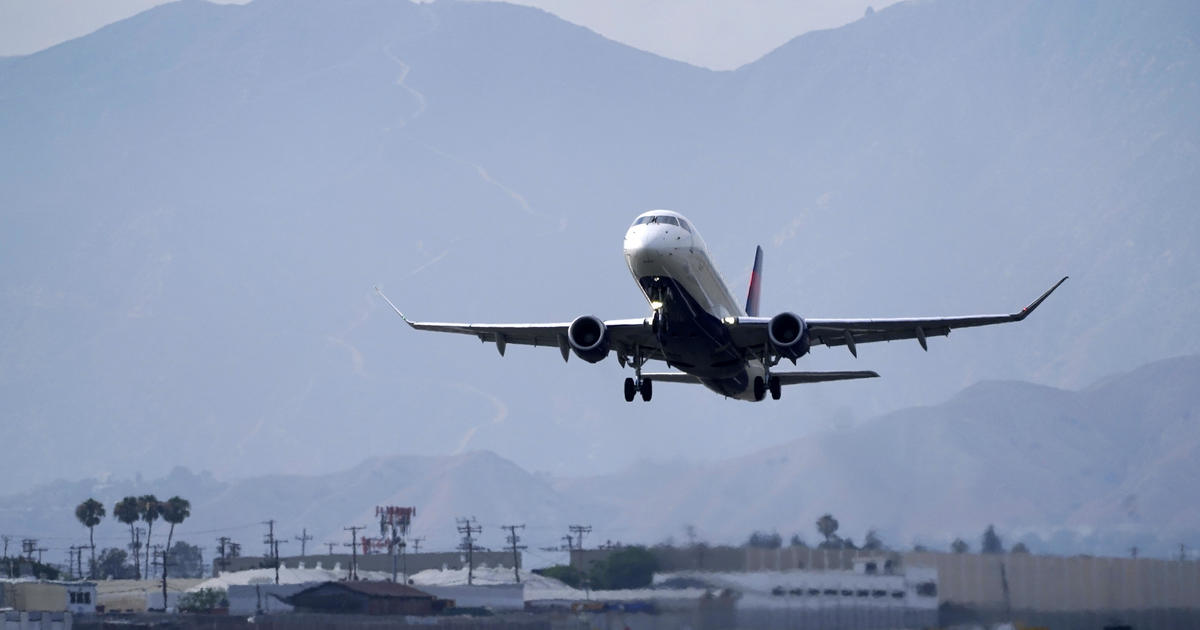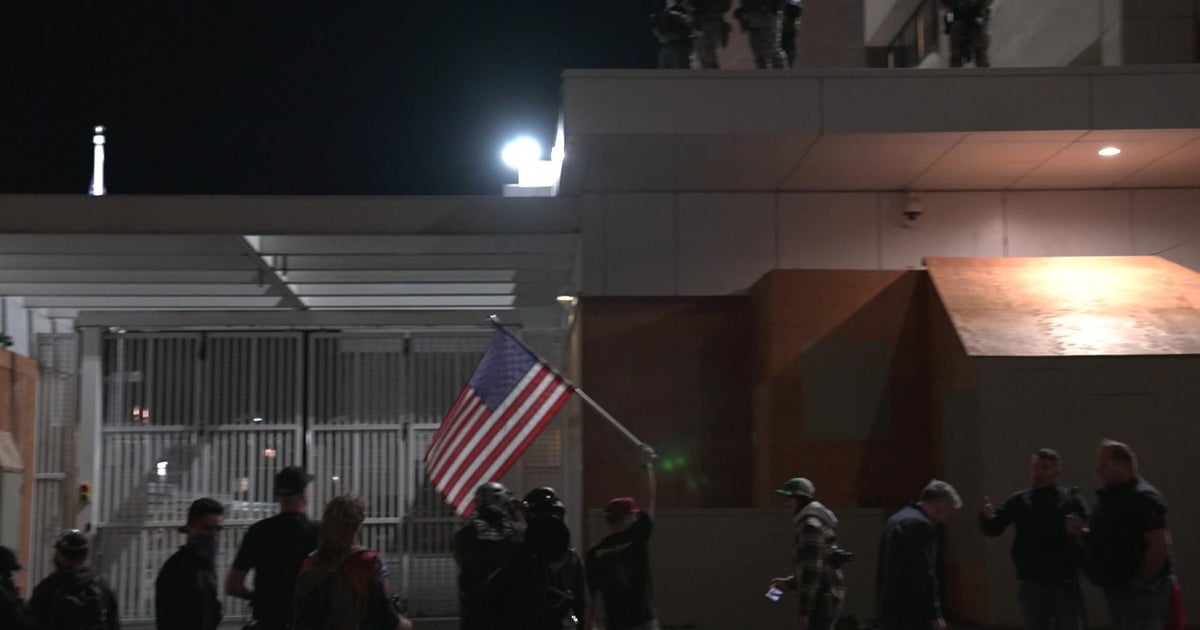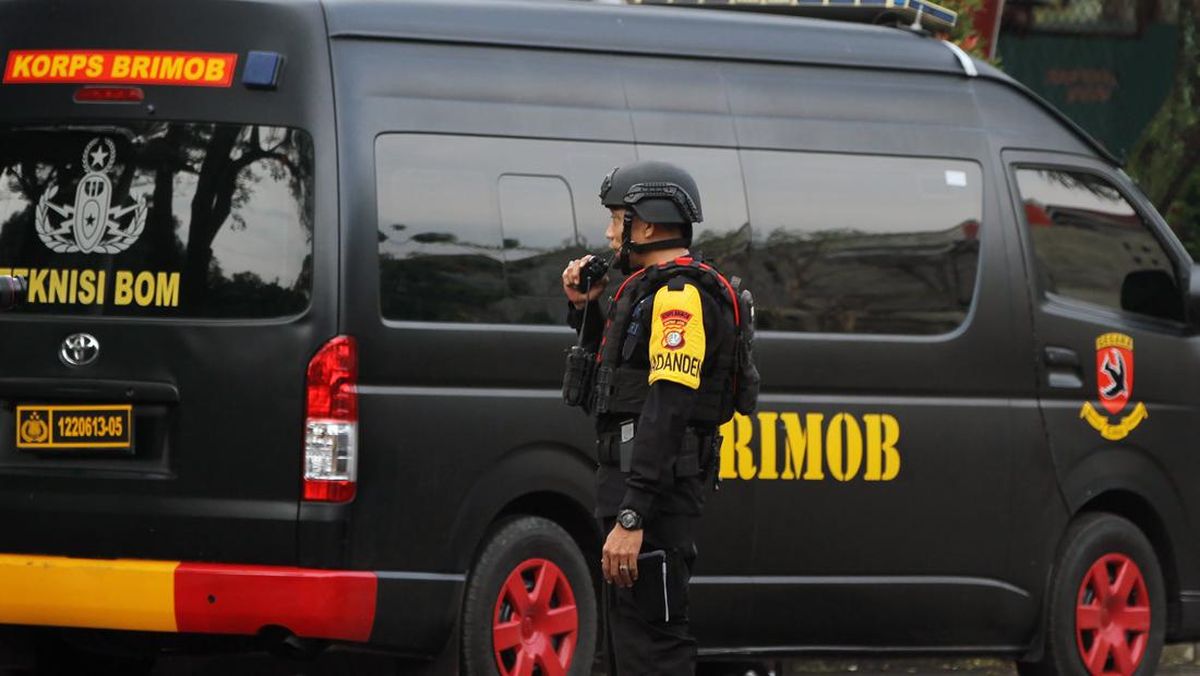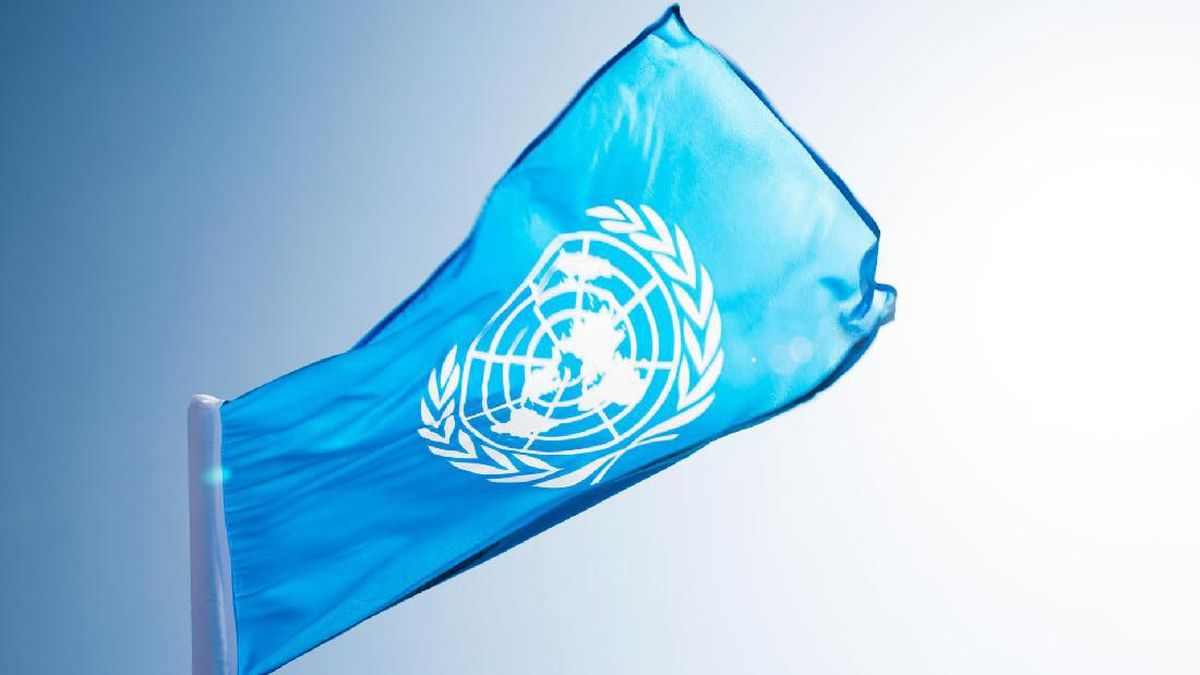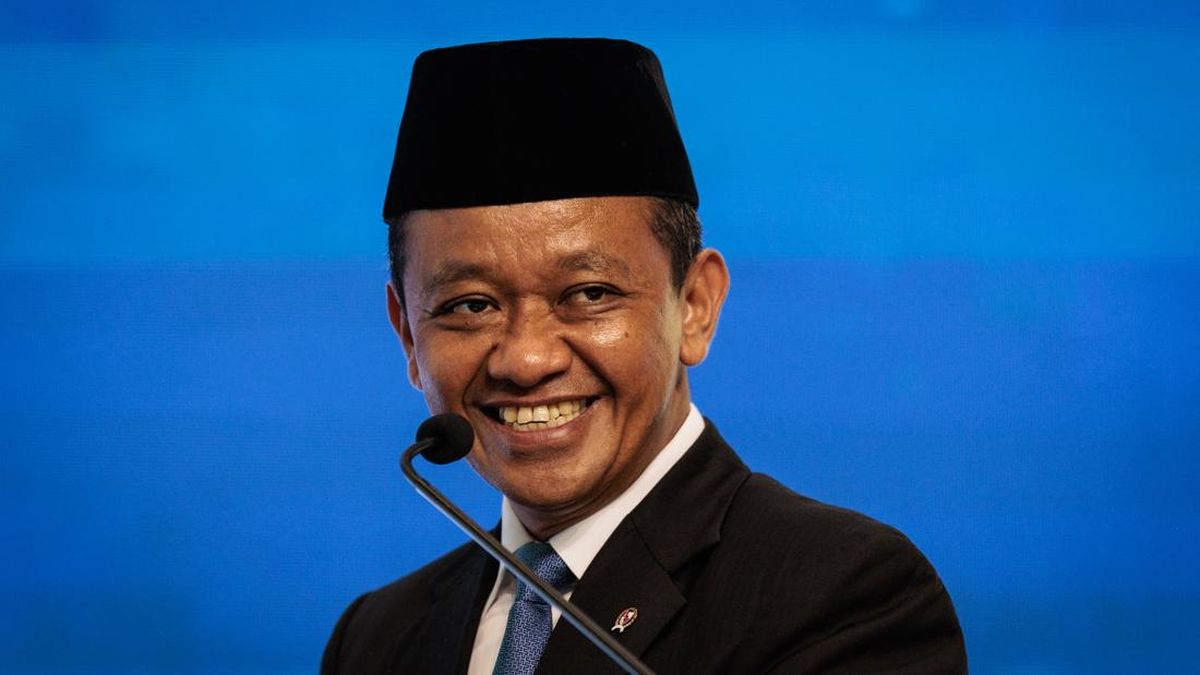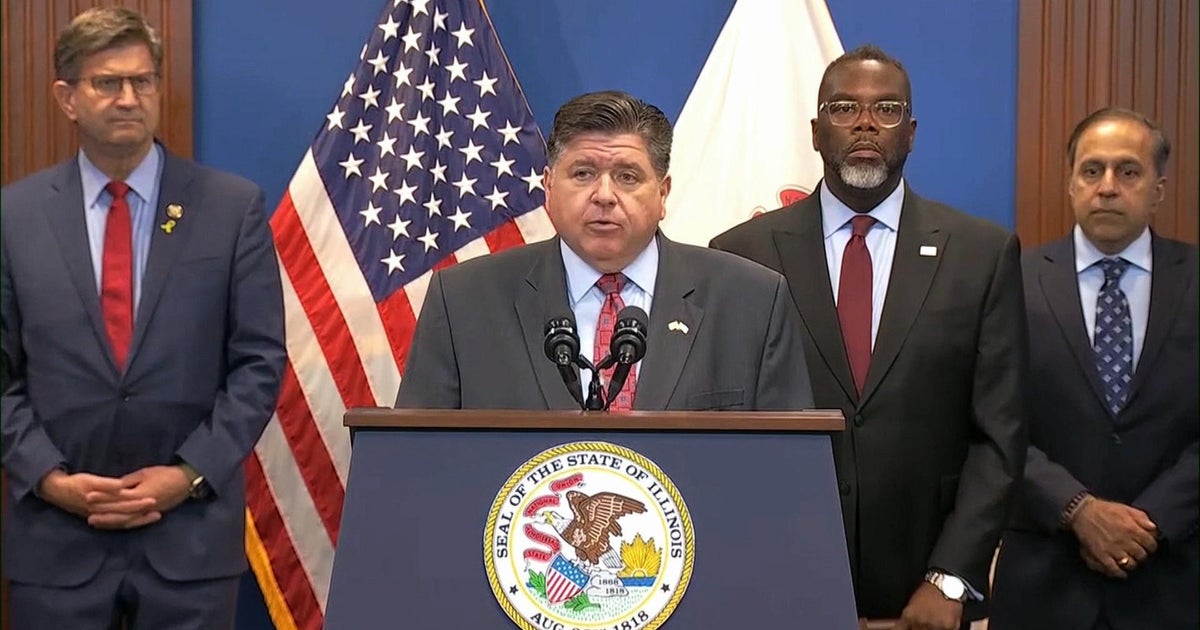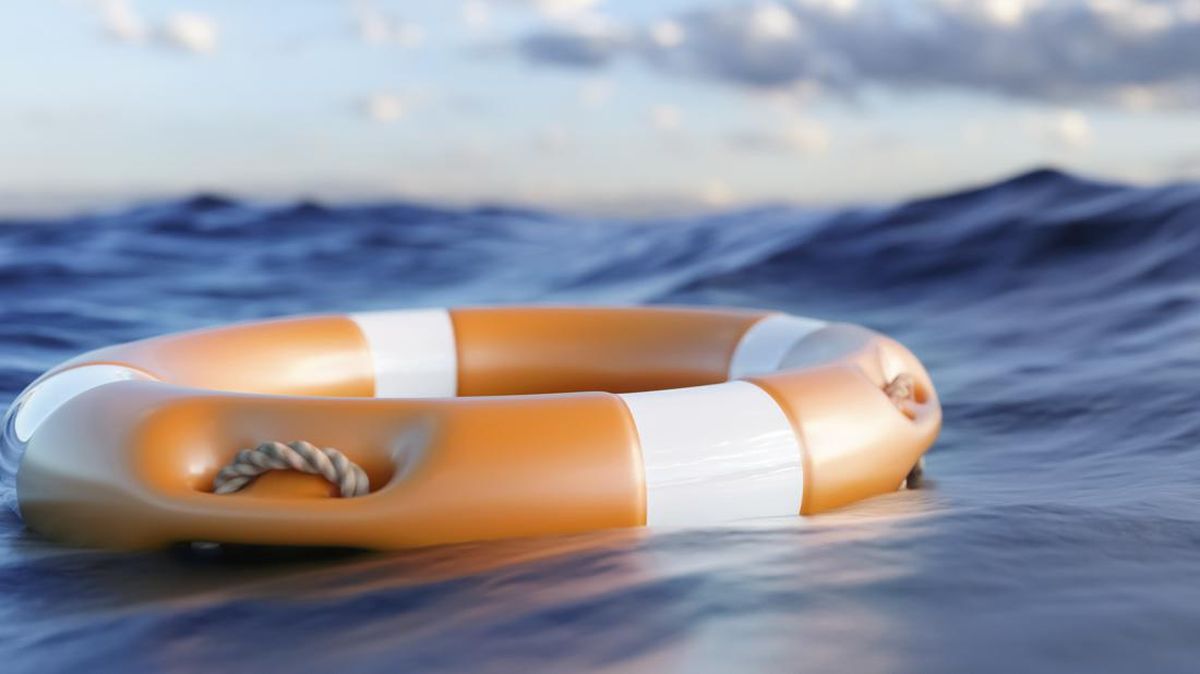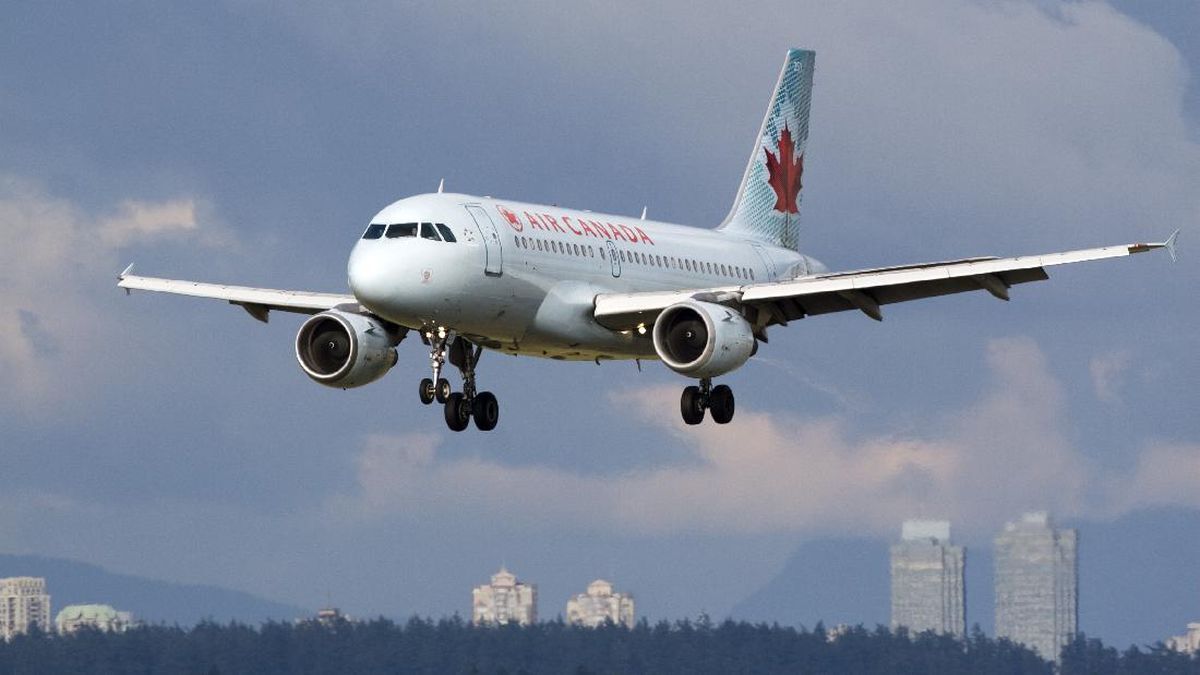Since January, it’s managed to essentially halve its typical handover time for ambulance patients. Year-on-year, Frankston Hospital has reduced its transfer times by two-thirds.
“I think we have solved ambulance ramping at Peninsula Health for right now,” Gazarek said. “We’ve been overwhelmed with health service requests to share what we’re doing.”
So how did Frankston Hospital bring its typical ambulance offload time down from 24 minutes to eight?
The first step, according to Gazarek, was for all leaders at the hospital to recognise that ramping wasn’t only a problem for the emergency department: “This is about how patients move through the entire service.”
Sarah Morriss, one of Frankston’s two emergency department nurse unit managers, said the second step was to transform the ED – physically, as well as the way in which care was delivered.

Frankston Hospital emergency department nurse unit manager Sarah Morriss. Credit: Paul Jeffers
The hospital moved some of its short-stay beds – typically used for patients waiting to be seen – into ED cubicles. This increased the number of acute patients that could be treated in the ED at any one time.
Then the hospital developed new “suitable for stretcher” criteria – that is, a checklist to see if a patient can be treated in a chair instead of lying down in an ED cubicle. This has led to more stable patients being treated in the ED waiting room if they are, for example, waiting for a CT scan and able to take oral painkillers. In turn, this has freed up Frankston’s ED cubicles for more serious patients.
“What used to happen is that you would wait in the waiting room for someone to bring you into the department, and then just stay there, whereas now it’s very much a more fluid and dynamic area,” Morriss says, stressing that just because a patient arrives by ambulance does not mean they are always in the most critical category.
“That’s what I would say triggered initial improvement.”
The hospital also created a new nursing role with temporary funding from the Victorian Department of Health. The ambulance-offload nurse’s job is to improve availability of ED cubicles for arriving ambulances.

Frankston Hospital ambulance offload nurse, Kelly Munis. Credit: Paul Jeffers
Lastly, the hospital practised consistency. The new model is in place 24/7, not just when there’s a surge in ambulance arrivals.
“It’s something we’ve come to be really proud of,” Morriss says. “When you’ve got ambulances everywhere that you know you can’t offload … it really does bring a sense of chaos and unpredictability.”
Ambulance Victoria chief executive Jordan Emery said staff at Frankston and Rosebud hospitals should be extremely proud that they were the highest-performing health services in the state for ambulance offload times.
Loading
Seventy per cent of patients were transferred from ambulances to EDs within 40 minutes in the three months to June this year. This was a 0.9 per cent improvement on the previous quarter and a 13.7 per cent improvement on the same time last year.
A Department of Health spokesperson said this was achieved despite services experiencing higher seasonal demand and patient acuity associated with winter illnesses.
Health Minister Mary-Anne Thomas said this showed that Victoria’s new standards for ambulance and emergency care were making a real difference.
“Major hospitals like Frankston, Austin and Royal Melbourne have already improved handover times by more than 10 per cent – and because the standards are modelled on best practice, we know they’ll deliver results right across Victoria.”
Ambulance union boss Danny Hill said Peninsula Health and a few other hospitals had been phenomenal, but he’d like to see further advancements elsewhere – particularly in regional centres.
While Gazarek believes Peninsula Health has solved ramping for now, she’s conscious that the situation could change in the coming years. Like other parts of Greater Melbourne, the outer south-east is growing rapidly.
“As we continue to get busier and we treat and see more people, we are going to have to evolve and change and innovate to keep up with the pace that’s required of us.”
Start the day with a summary of the day’s most important and interesting stories, analysis and insights. Sign up for our Morning Edition newsletter.

